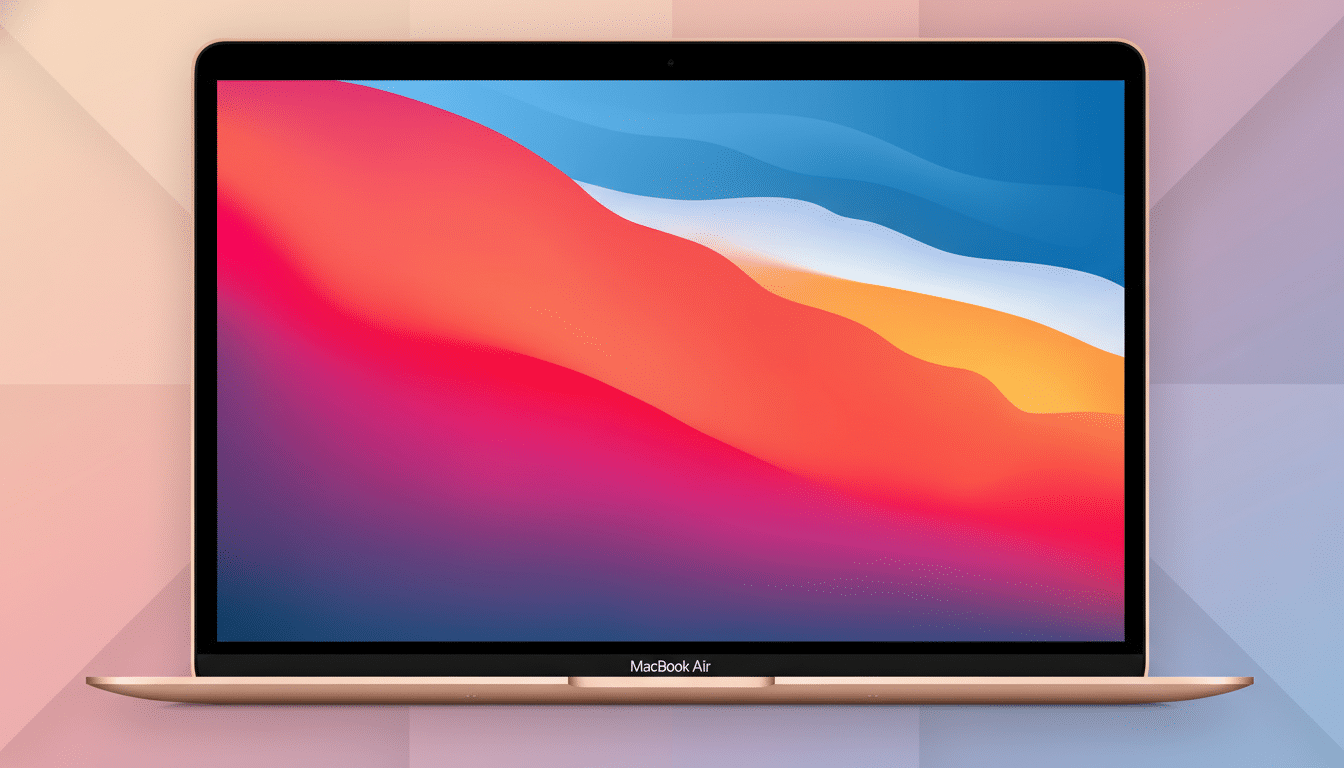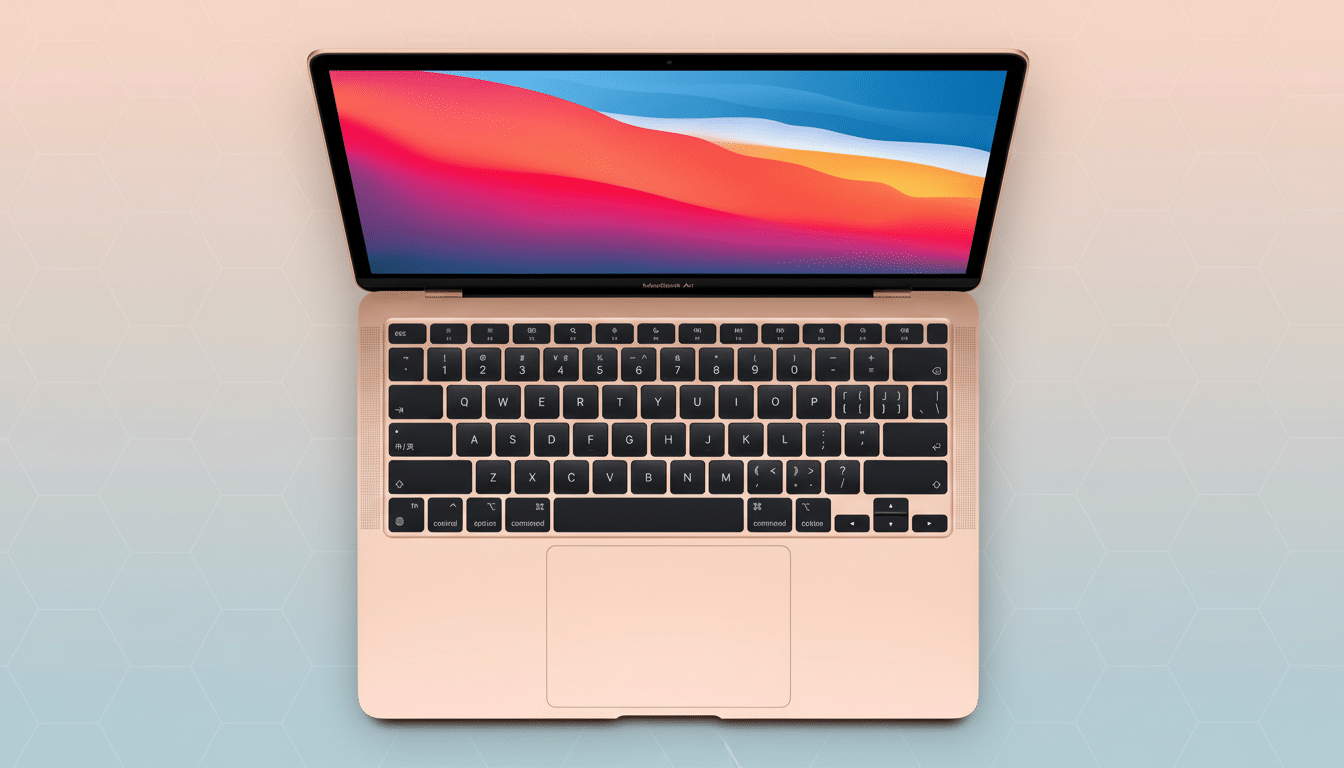Right now a headlining offer on the M1 MacBook Air at $399.99 is exerting some serious pressure on Windows laptops in the same price bracket.
For PC users intrigued by macOS, but worried about five-figure price tags, this may be the rare risk-free stepping stone into Apple’s world — at a price tag that also edges out quite a few budget ultrabooks.
- Why this $399.99 price matters for MacBook buyers
- Performance that still punches above its weight class
- What you get for $399.99 in this MacBook Air deal
- Refurbished caveats and how to vet deals properly
- The ecosystem effect: benefits for longtime PC users
- Bottom line: a low-risk way to try macOS for $399.99

Why this $399.99 price matters for MacBook buyers
The M1 MacBook Air arrived at $999 and instantly became the standard-bearer for the newfound efficiency and horsepower of Apple Silicon. At $399.99 — less than half what it cost when it first went on sale — that sort of value math shifted opportunities. At that price, you’re not comparing it to flagship Windows competitors’ best and fastest devices; you’re benchmarking against some of their budget hardware with inferior processors, as well as middling construction quality and shorter periods of official support.
Think long term: Apple usually offers macOS updates for five to seven years. The M1 Air is currently supported and runs the current build of macOS, including features like on-device dictation improvements and enhanced Continuity. In a market where sub-$500 Windows laptops generally age out after a few OS cycles, the support runway alone is compelling.
Performance that still punches above its weight class
Even now, the 8-core architecture and unified memory design of the M1 chip is just plain efficient. Independent tests at launch demonstrated the M1 Air tying or besting a lot of Intel Core i7 ultrabooks of its time while sipping power. It consistently had top-of-the-laptop-stack single-core scores in benchmarks like Geekbench, and that means something for everyday responsiveness on apps, browsing, and light creative work.
Battery life is another advantage. Apple rated the M1 Air for up to 18 hours of video playback. Independent reviewers like Tom’s Guide timed real-world endurance at about 14 to 16 hours of mixed use, better than many Windows machines at any price. And since it’s fanless, you won’t hear a peep from the M1 MacBook Air under normal workloads — a luxury that definitely doesn’t appear in many budget PCs.
As a boon to switchers, app compatibility is solid. Those legacy Intel apps under Rosetta 2 translation have been working fine, and bigger ones like Microsoft Office, Adobe Creative Cloud, and main coding tools run natively on Apple Silicon. The M1 Air is still more than capable for web work, productivity, photo edits, and even lightweight video projects.
What you get for $399.99 in this MacBook Air deal
The standard setup in that deal consists of a 13.3-inch Retina display (2,560×1,600), 8GB of unified memory, and 128GB of storage; some refurbished stock ranges up to 256GB. The screen is sharp, color-accurate for its class, and bright enough for just about any environment indoors. You also receive two Thunderbolt/USB 4 ports, Wi‑Fi 6, and a responsive Magic Keyboard — a major improvement over Apple’s older butterfly designs.

If 128GB is too little, external NVMe SSDs over USB 4 are very well supported by macOS, and cloud storage through iCloud, OneDrive, or Google Drive can reduce your local footprint. For most students, writers, and office users, the combination of quick wake, strong single-core performance, and frugal standby means the Ultrabook Liquid Crystal Display-flavored package just runs snappy-like and is always ready to go.
Refurbished caveats and how to vet deals properly
Grade A refurbished is typically near-mint with little to no visible cosmetic wear, but of course you’ll want or need to dig into the details.
- Ask about the battery cycle count (Apple rates MacBook batteries for 1,000 cycles).
- Examine return and warranty terms.
- See if you can get Apple’s diagnostic clean bill of health.
- Make sure the device is not Activation Locked and can be activated with your Apple ID.
Port story reminder: with two Thunderbolt/USB 4 ports and a headphone jack, you might need a small hub for HDMI, SD, or more USB-A peripherals. The 720p webcam is adequate, although Apple’s image processing makes a difference; if you need better video calls, budget for a USB camera upgrade.
The ecosystem effect: benefits for longtime PC users
Day to day, that possibility can be transformative for iPhone owners. When the iPhone and the Mac are in unison, everything moves with much less friction you didn’t know was slowing you down: sending instant files over AirDrop, using iMessage and FaceTime on your desktop, Universal Clipboard cutting down on copy-pasting, and device unlocking via Apple Watch. IDC has reported robust Mac shipment growth on the heels of the Apple Silicon shift, and a key driver is this kind of tight integration between iOS and macOS that makes the Mac feel less like an island adrift from your phone and more like an extension of it.
And as macOS piles on cross-device features — I’m particularly interested in the improved iPhone mirroring and a better way to manage passwords and passkeys — the ecosystem moat gets deeper. For the reasonably low $399.99 price, you get to try out that experience without spending premium dollars.
Bottom line: a low-risk way to try macOS for $399.99
An A-grade refurbished M1 MacBook Air for $399.99 offers flagship-class performance with long software support and best-in-class battery life. If you’ve been a PC user all your life, looking for the right time to check out macOS at an affordable price, this is one of those rare deals that actually makes switching feel like both an easy decision and a smart idea.

